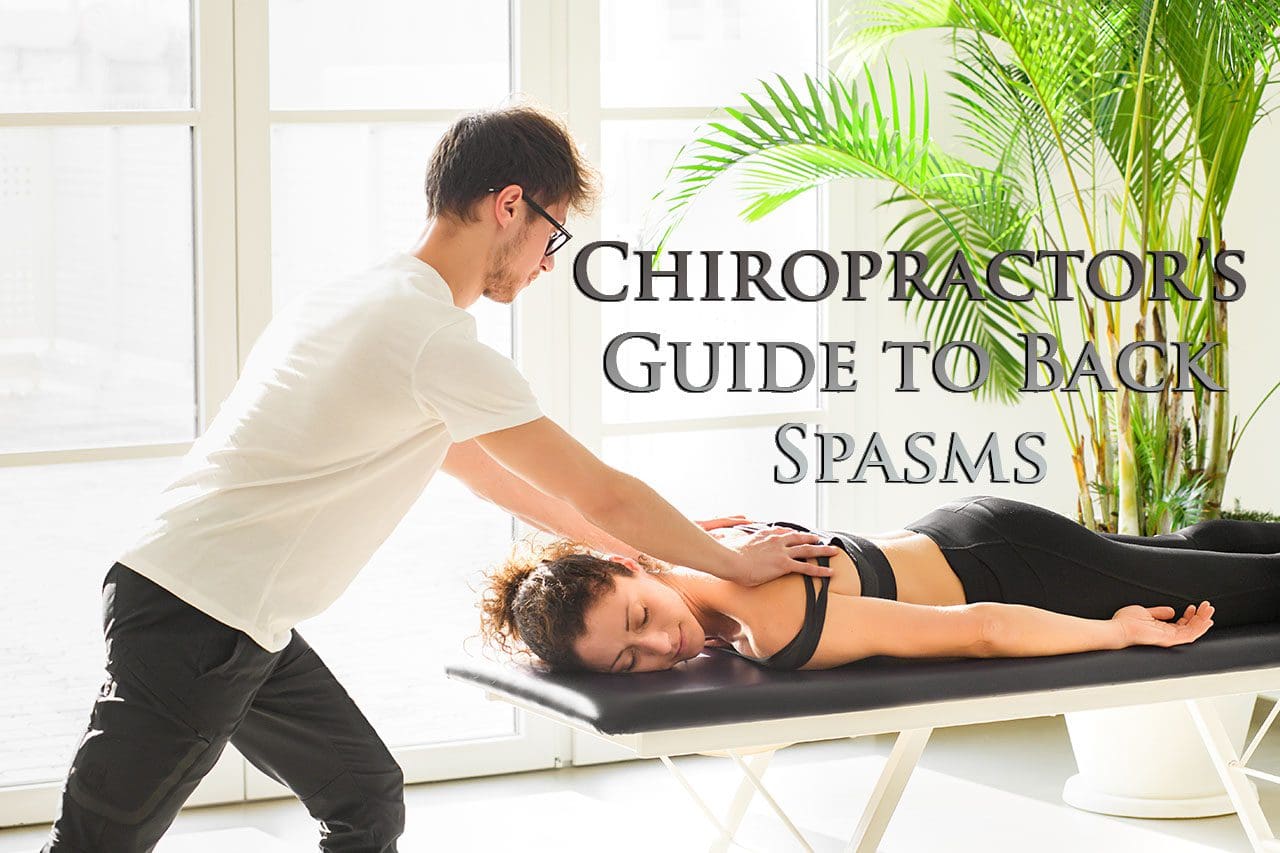The Chiropractic Guide to Back Spasms
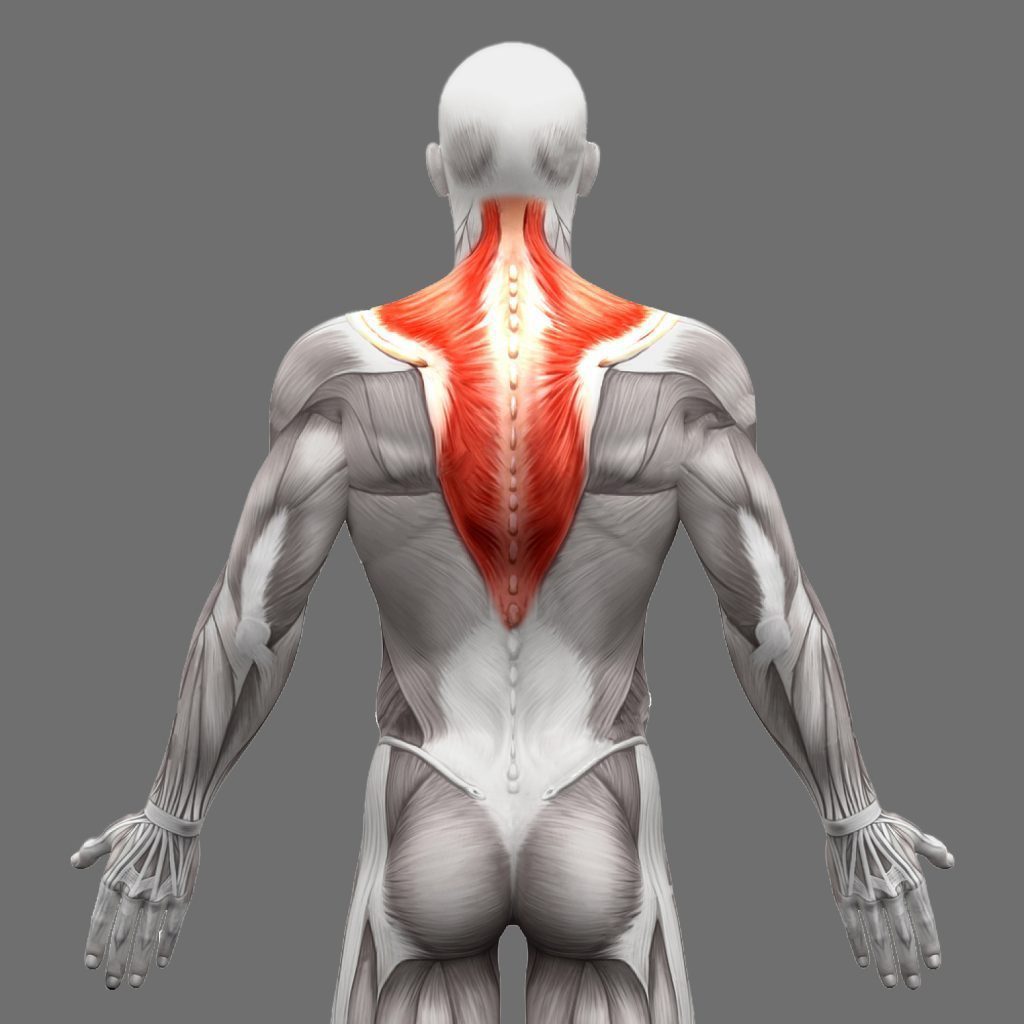
Table of Contents
Back Spasms
A back spasm is an involuntary and sustained contraction of one or more muscles of the spine. Spasms can occur without pain when the muscle/s shift, and pulse. But it’s when pain accompanies the spasm that it can become an issue that can lead to a chronic condition. Example: Runners get the feeling of having a Charley horse in the calf muscle. Having a back spasm is the same. Spinal muscle spasms could be an indication of something serious, like a micro tear around a spinal disc that can generate inflammation to cause the muscles to tense up. However, with most cases, a back muscle spasm is a symptom of a mild muscle injury, like a sprain. It can be hard to diagnose the pathology of a muscle spasm. One theory is that if there is a noxious stimulus coursing through the body, specifically the back, it can disrupt/disturb the muscles. When this happens the muscles brace/bunch up together to protect the spine. Here’s are five muscle spasm types that can cause back and neck pain.Cervical Spine
If there is a spasm in the neck, it’s more than likely a contraction of the trapezius muscle. This is the muscle group that runs down the neck into the middle or thoracic spine/back.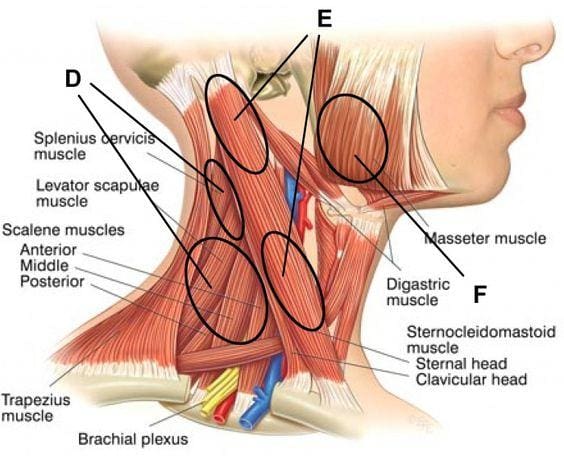
Thoracic Spine
The trapezius starts at the neck to the last vertebra of the thoracic spine or the middle-back. Therefore, a back spasm can affect the neck as well as the middle of the back as well. Spasms in the midback can also result from a contraction of the rhomboid muscle. These connect the shoulder blades to the rib cage and spine.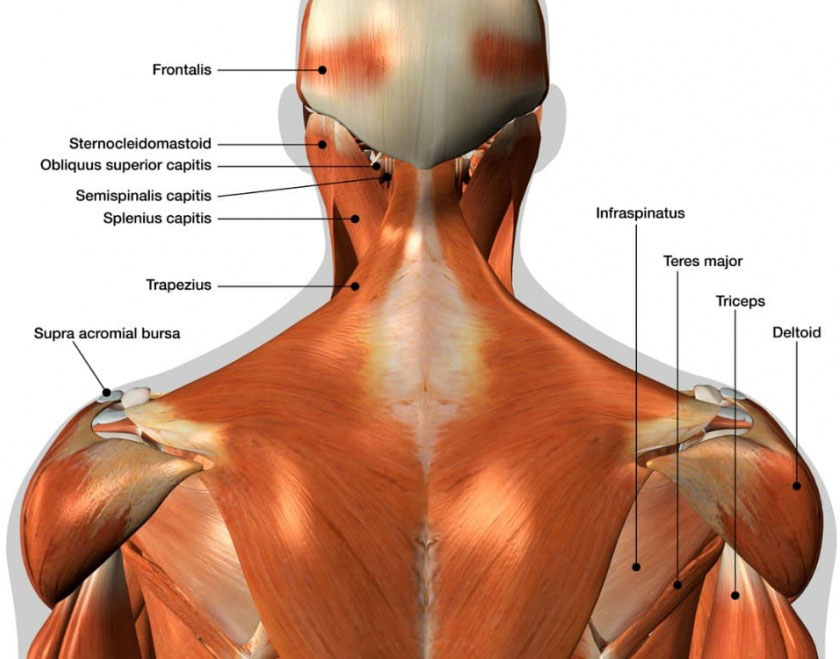
Lumbar Spine
Spasms in the lower back occur from a contraction of the erector spinae muscles. These are the large group of stabilizing muscles that are on either side of the spine or the latissimus dorsi. These muscles are commonly referred to as lats. They are one of the largest muscle groups in the body and cover the middle and lower back.
Relieving Spasms
Treatment for muscle spasms depends on how the injury originated. A full medical history is crucial for a doctor, spine specialist, or chiropractor to be able to look at all the angles in determining and diagnosing the root cause. It could be from just leaning over and picking up a box to sleeping in an improper/uncomfortable position. This type of pain is less concerning as it is more than likely a sprain or strain, and can be treated rather quickly. However, if the spasms started after being involved in an automobile accident or falling pretty hard, then there could be serious damage to the area. Back spasms that occur after these types of situations require an immediate full neurologic and muscular examination. This along with advanced imaging, like an MRI.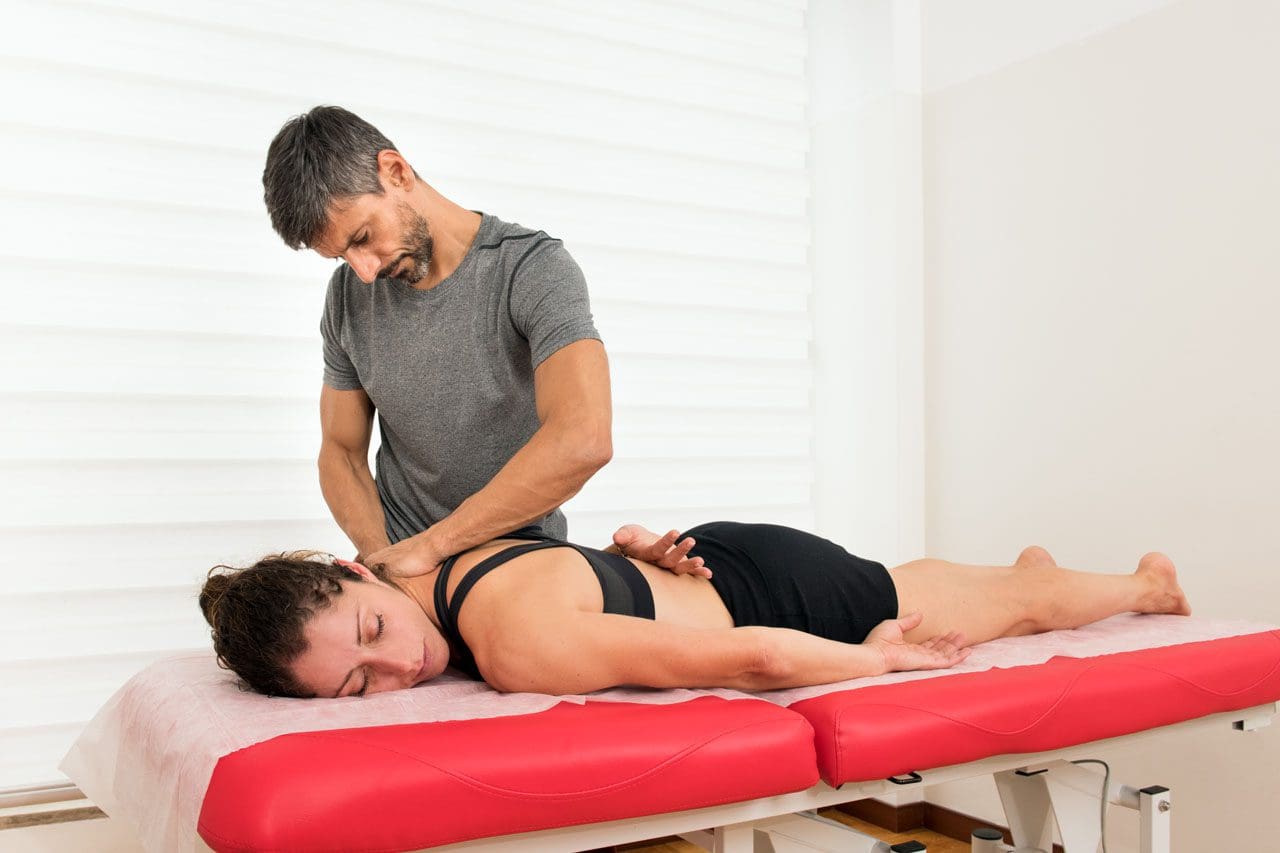
Specialists
A spine specialist or chiropractor wants to make sure they’re not missing any underlying injuries or instabilities of the spine that would require extensive and possible invasive treatment. Red flag situations include osteoporosis, which is the loss of bone mass or ankylosing spondylitis, which is a form of arthritis that mainly affects the spine.- Osteoporosis can cause an underlying compression fracture.
- Ankylosing spondylitis can cause parts of the spine to fuse together.
- Anti-inflammation medications and creams
- Chiropractic manipulation to improve spinal muscles range of motion
- Heat and ice application
- Light activities/exercises like walking that don’t include any bending, twisting, and lifting
- Massage therapy
- Physical therapy
- Therapeutic water exercise rehabilitation program
- Ultrasound
- Wearing a soft collar for cervical spasms


Auto Accident Doctors & Chiropractic Treatment
Post Disclaimer
Professional Scope of Practice *
The information on this blog site is not intended to replace a one-on-one relationship with a qualified healthcare professional or licensed physician and is not medical advice. We encourage you to make healthcare decisions based on your research and partnership with a qualified healthcare professional.
Blog Information & Scope Discussions
Welcome to El Paso's Premier Wellness and Injury Care Clinic & Wellness Blog, where Dr. Alex Jimenez, DC, FNP-C, a board-certified Family Practice Nurse Practitioner (FNP-BC) and Chiropractor (DC), presents insights on how our team is dedicated to holistic healing and personalized care. Our practice aligns with evidence-based treatment protocols inspired by integrative medicine principles, similar to those found on this site and our family practice-based chiromed.com site, focusing on restoring health naturally for patients of all ages.
Our areas of chiropractic practice include Wellness & Nutrition, Chronic Pain, Personal Injury, Auto Accident Care, Work Injuries, Back Injury, Low Back Pain, Neck Pain, Migraine Headaches, Sports Injuries, Severe Sciatica, Scoliosis, Complex Herniated Discs, Fibromyalgia, Chronic Pain, Complex Injuries, Stress Management, Functional Medicine Treatments, and in-scope care protocols.
Our information scope is limited to chiropractic, musculoskeletal, physical medicine, wellness, contributing etiological viscerosomatic disturbances within clinical presentations, associated somato-visceral reflex clinical dynamics, subluxation complexes, sensitive health issues, and functional medicine articles, topics, and discussions.
We provide and present clinical collaboration with specialists from various disciplines. Each specialist is governed by their professional scope of practice and their jurisdiction of licensure. We use functional health & wellness protocols to treat and support care for the injuries or disorders of the musculoskeletal system.
Our videos, posts, topics, subjects, and insights cover clinical matters and issues that relate to and directly or indirectly support our clinical scope of practice.*
Our office has made a reasonable effort to provide supportive citations and has identified relevant research studies that support our posts. We provide copies of supporting research studies available to regulatory boards and the public upon request.
We understand that we cover matters that require an additional explanation of how they may assist in a particular care plan or treatment protocol; therefore, to discuss the subject matter above further, please feel free to ask Dr. Alex Jimenez, DC, APRN, FNP-BC, or contact us at 915-850-0900.
We are here to help you and your family.
Blessings
Dr. Alex Jimenez DC, MSACP, APRN, FNP-BC*, CCST, IFMCP, CFMP, ATN
email: coach@elpasofunctionalmedicine.com
Licensed as a Doctor of Chiropractic (DC) in Texas & New Mexico*
Texas DC License # TX5807
New Mexico DC License # NM-DC2182
Licensed as a Registered Nurse (RN*) in Texas & Multistate
Texas RN License # 1191402
ANCC FNP-BC: Board Certified Nurse Practitioner*
Compact Status: Multi-State License: Authorized to Practice in 40 States*
Graduate with Honors: ICHS: MSN-FNP (Family Nurse Practitioner Program)
Degree Granted. Master's in Family Practice MSN Diploma (Cum Laude)
Dr. Alex Jimenez, DC, APRN, FNP-BC*, CFMP, IFMCP, ATN, CCST
My Digital Business Card


